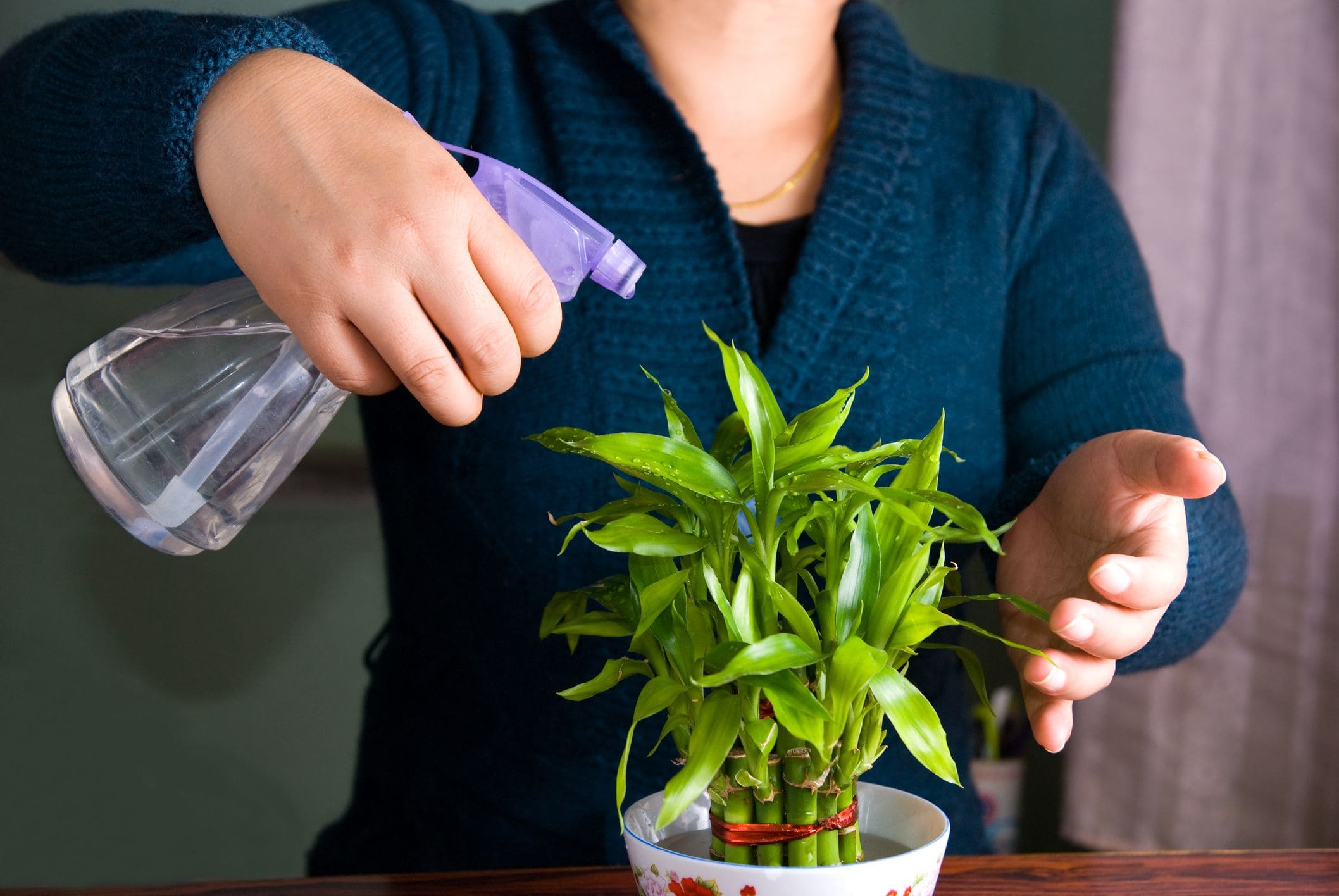Introduction
Bamboo plants are popular for their unique aesthetic appeal and fast growth. However, they can be challenging to care for, especially for new plant owners. This guide aims to provide comprehensive care tips to help you save your bamboo plant and ensure it thrives in your home or garden. From understanding the ideal growing conditions to troubleshooting common issues, we’ll cover everything you need to know to keep your bamboo healthy and vibrant.
Table of Contents
- Understanding Bamboo Plants
- Ideal Growing Conditions
- 2.1 Light Requirements
- 2.2 Watering
- 2.3 Soil and Fertilization
- Common Problems and Solutions
- 3.1 Yellowing Leaves
- 3.2 Root Rot
- 3.3 Pest Infestations
- Q&A Section
- Conclusion
1. Understanding Bamboo Plants
Bamboo belongs to the grass family and is known for its versatility and rapid growth. There are over 1,000 species of bamboo, varying in size, shape, and color. Understanding the specific type of bamboo you own is crucial for providing appropriate care.
1.1 Types of Bamboo
- Clumping Bamboo: Grows in tight clusters and is ideal for smaller spaces.
- Running Bamboo: Spreads aggressively and requires more space and containment measures.
2. Ideal Growing Conditions
To thrive, bamboo plants require specific conditions.
2.1 Light Requirements
Bamboo prefers bright, indirect light. Too much direct sunlight can scorch the leaves, while insufficient light can hinder growth. Ideally, place your bamboo in a spot where it receives filtered sunlight, such as near a window with sheer curtains.
2.2 Watering
Bamboo needs consistent moisture but can suffer from overwatering. The soil should be kept moist but not soggy. A good rule of thumb is to water your bamboo when the top inch of soil feels dry. In winter, reduce watering as the plant’s growth slows down.
2.3 Soil and Fertilization
Bamboo thrives in well-draining soil rich in organic matter. A mixture of potting soil, sand, and compost works well. Fertilize your bamboo during the growing season (spring and summer) with a balanced fertilizer to promote healthy growth.
3. Common Problems and Solutions
Even with proper care, bamboo plants can encounter issues. Here are some common problems and their solutions.
3.1 Yellowing Leaves
If you notice yellowing leaves, it may indicate overwatering or nutrient deficiency. Check the soil moisture and reduce watering if necessary. Consider applying a balanced fertilizer if the issue persists.
3.2 Root Rot
Root rot is a serious problem caused by overwatering and poor drainage. If the roots appear mushy and dark, remove the plant from its pot, trim away the affected roots, and repot in fresh, well-draining soil.
3.3 Pest Infestations
Bamboo can attract pests such as spider mites, aphids, and mealybugs. Regularly inspect your plant for signs of infestation. If you find pests, treat the plant with insecticidal soap or neem oil.
4. Q&A Section
Q1: How often should I water my bamboo plant?
A: Water your bamboo when the top inch of soil feels dry, which is typically every 5-7 days, depending on the humidity and temperature.
Q2: Can bamboo grow indoors?
A: Yes, many bamboo species can thrive indoors if provided with adequate light and moisture.
Q3: Why are the tips of my bamboo leaves turning brown?
A: Brown tips may indicate low humidity, inconsistent watering, or nutrient deficiency. Adjust your care routine to address these issues.
Q4: What is the best fertilizer for bamboo?
A: A balanced fertilizer (like 10-10-10) works well for bamboo. Apply during the growing season.
Q5: How do I propagate my bamboo plant?
A: You can propagate bamboo through division. Carefully separate clumps and replant them in suitable soil.
5. Conclusion
Caring for bamboo plants may seem daunting, but with the right knowledge and techniques, you can enjoy a thriving bamboo garden. By understanding your bamboo’s specific needs regarding light, water, and soil, and by addressing common problems promptly, you’ll be well-equipped to save your bamboo plant. Remember to be patient and attentive, as bamboo can be resilient with proper care. Happy gardening!

